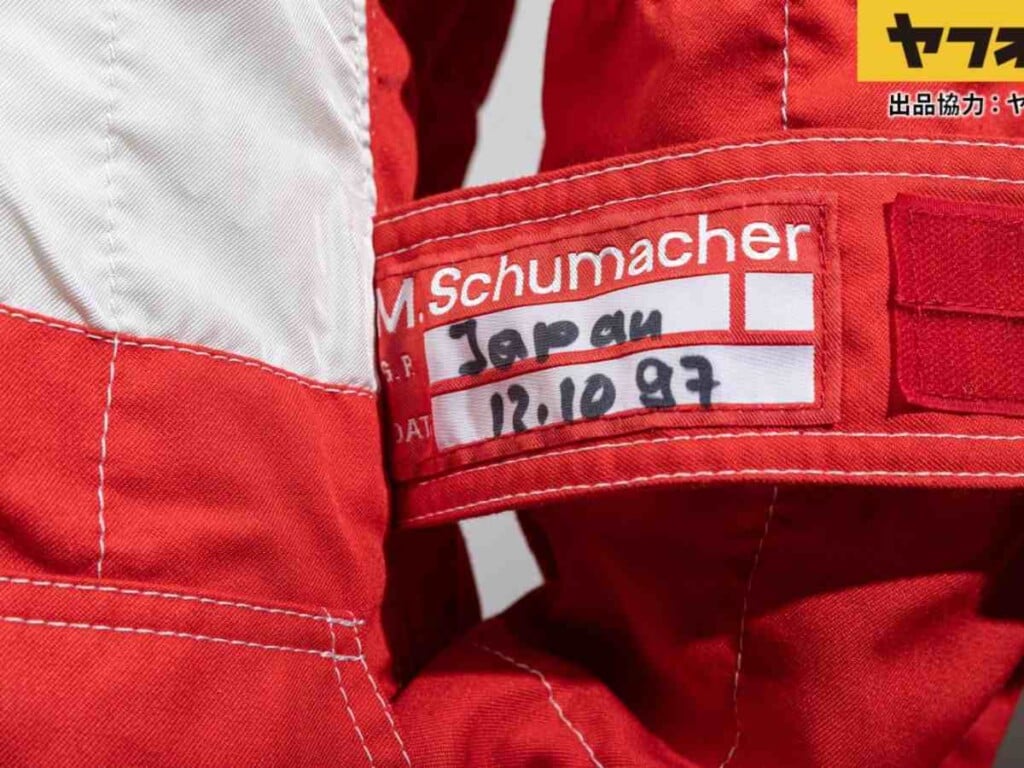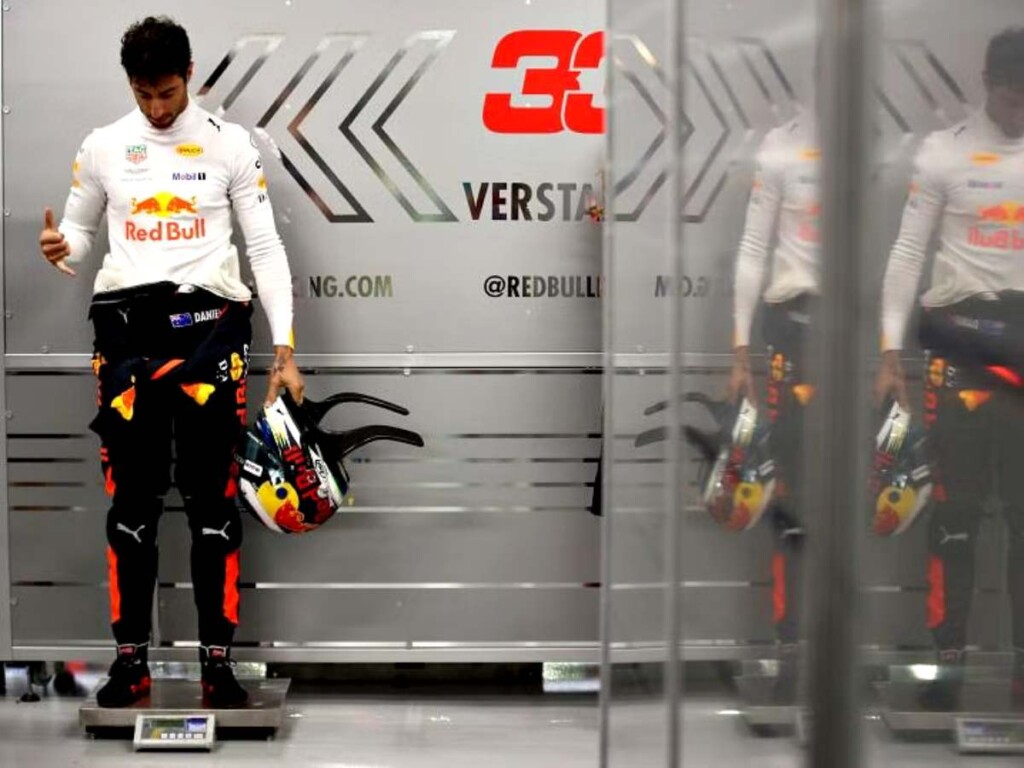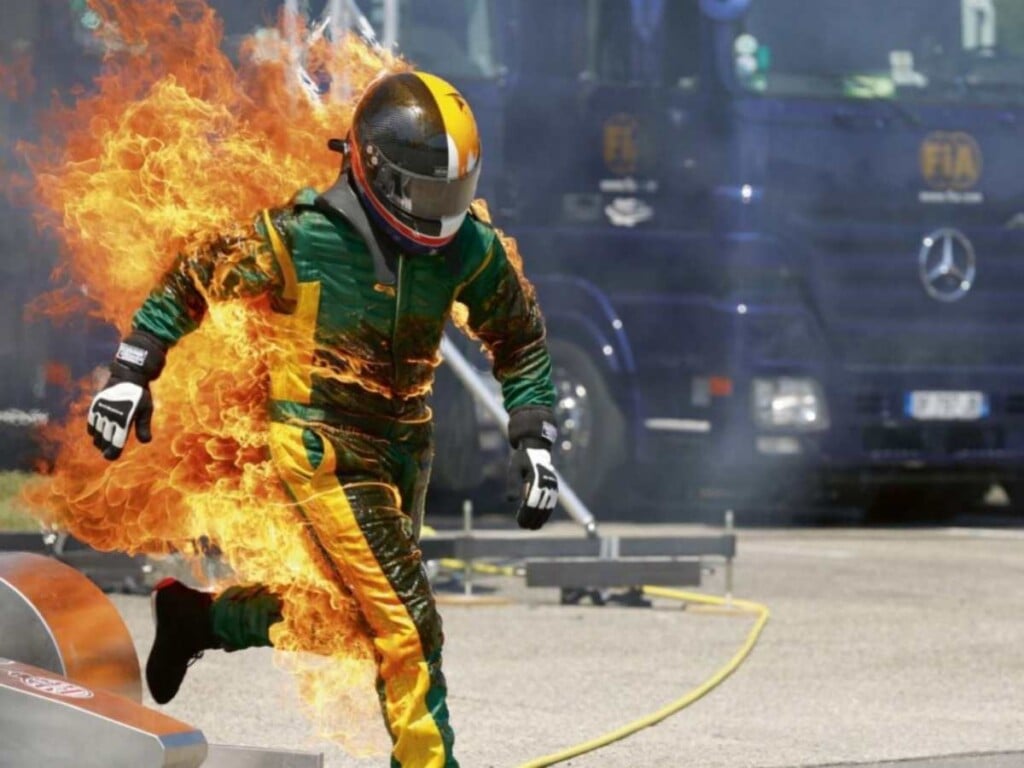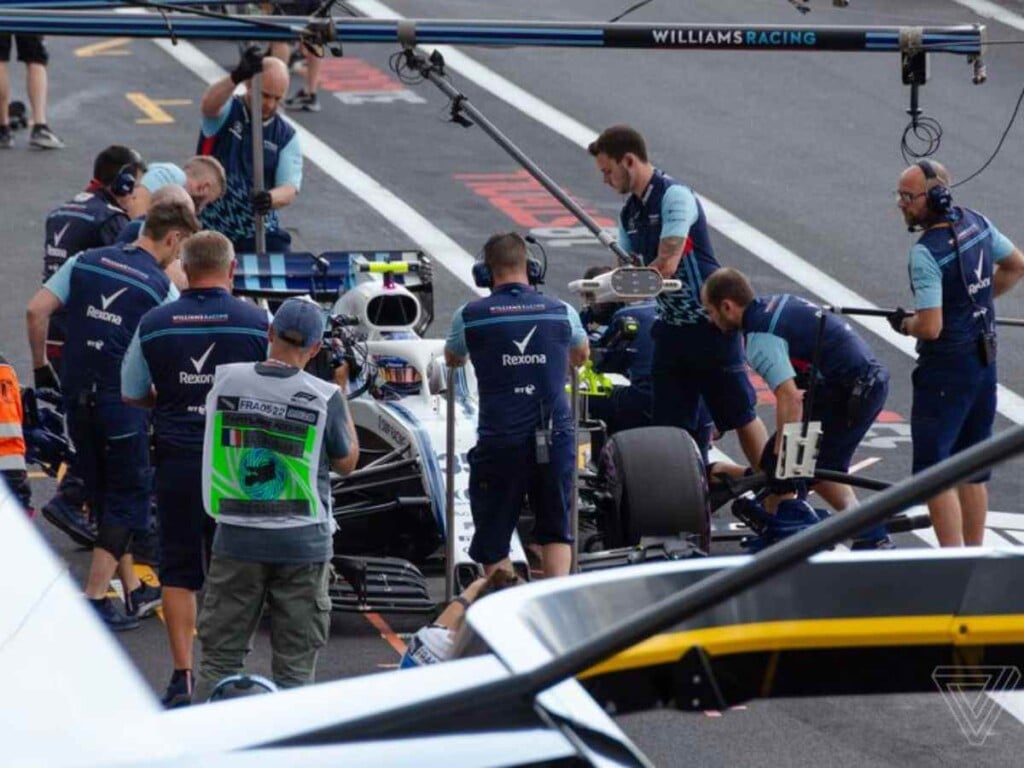How much does an F1 race suit weigh?
F1 racing suits are an exemplar of advanced engineering and meticulous design, crafted to shield drivers from fire and impact during the race.

Charles Leclerc, Ferrari one-off race suit (Credits: Max F10
🔍 Explore this post with:
In Formula 1 racing, weight is a critical factor that can impact the performance of the car on the track. Every component, including the driver’s gear, is designed to minimize weight and maximize speed. One such critical gear is the F1 race suit. These suits are made of advanced materials, customized to the driver’s body shape, and undergo rigorous testing to ensure fire resistance.
F1 race suits are an essential part of a driver’s safety gear. They protect drivers from fire and high-impact collisions during a race. The history of F1 race suits dates back to the 1950s when specialized suits were created to help drivers maintain perfect temperatures through a heat transfer and protect them from any fires that may break out during a race. Initially, drivers wore simple cotton overalls with no fire protection.
However, as the sport became more dangerous, the need for fire-resistant suits became apparent. The first specialized racing suits were designed in the 1950s and 1960s to optimize driver temperature via heat transfer and later to protect drivers from fire. The suits were made of heavy, five-layer fire-resistant materials. Today, F1 race suits are made with advanced materials and technology to ensure maximum safety and comfort for drivers. They are designed to withstand high ambient temperatures, g-forces of up to 5, and brake pedal forces of up to 130kg.
Discover: Is Lando Norris’ father rich?
What are the materials used in F1 race suits?

F1 racing suits are an exemplar of advanced engineering and meticulous design, crafted to shield drivers from fire and impact during the race. The suits consist of multiple layers of fire-retardant material, including the latest lightweight and breathable Nomex fabric. In addition, special epaulets or yokes on the shoulder area serve as critical “handles” to lift a driver securely strapped to a racing seat out of a vehicle in case of an emergency.
The race suits adhere to stringent regulations, such as the renowned Reg 8856-2018, which sets forth rigorous safety standards that ensure maximum protection for drivers. Moreover, drivers don fireproof underwear, gloves, boots, and helmets, completing the armor of protection required to mitigate any untoward eventuality. It is noteworthy that the latest racewear far exceeds the protective and comfort parameters of the preceding decades
What is the weight of an F1 race suit?

F1 race suits have undergone remarkable advancements over the years, with weight reduction being one of the significant milestones. The older race suits weighed around 2kg, while the latest versions are made of lightweight and breathable Nomex fabric and weigh a mere 750 grams or 0.75 kilograms. This innovative fabric technology ensures that the race suits are comfortable and provide maximum mobility to the drivers during the race.
The contemporary race suits are bespoke, and tailor-made to meet the exacting fire resistance standards demanded by the sport. The suites feature three layers of fabric, which are customized to fit each driver’s unique specifications, taking into account their size, shape, and preference for comfort, ensuring maximum protection. The continuous evolution of F1 race suits is a reflection of the sport’s unwavering commitment to driver safety, ensuring that drivers can compete with utmost confidence, knowing they are adequately protected against fire and impact.
What are the factors affecting the weight of the suit?

The weight of an F1 race suit is a crucial consideration in ensuring the driver’s safety and performance during the race. The latest race suits are designed with several factors in mind, including the weight and breathability of the material used. The use of lightweight and breathable Nomex fabric is a significant factor in reducing the overall weight of the suit. The number of layers of fabric used in the suit also plays a crucial role in reducing the weight of the suit while meeting the necessary fire resistance standards, with the latest suits featuring three layers of fabric.
The FIA, which oversees the sport, regulates the weight of the F1 car, including the driver’s gear, with a minimum weight of 795kg. As such, the weight of the driver’s gear, including the helmet, gloves, and overalls, is carefully scrutinized during the weighing process to ensure that they meet the set requirements. By designing race suits that are both lightweight and fire-resistant, F1 continues to prioritize driver safety while ensuring maximum performance during the race.
How did race F1 race suits evolve?

The evolution of F1 race suits is a remarkable testament to the advancement of technology in motorsports. In the early years of F1, the drivers donned cotton overalls that offered no protection from fire or impact. However, with the increasing dangers of the sport, the need for specialized racing suits became apparent. The first generation of race suits was created in the 1950s and 1960s, designed primarily to regulate driver temperature via heat transfer and later to provide protection from fire. These suits were composed of heavy, five-layer fire-resistant materials.
Fast forward to today, and F1 race suits are at the forefront of innovation. The suits undergo a stringent process of washing, drying, and testing to ensure they meet the FIA’s fire resistance test requirements. With every decade, F1 race suits have undergone a significant transformation, with the latest racewear being far superior to every decade preceding it. As technology continues to advance, one can only anticipate even more exciting developments in F1 race suit design, further enhancing driver safety and comfort.
How do F1 race suits fare compared to MotoGP race suits?

F1 race suits are made of lightweight, breathable Nomex fabric and tailored to each driver’s size, shape, and comfort preference. They go through a rigorous fire resistance testing process before being used in races. Other racing costumes, like as those used in NASCAR, are also built of fire-resistant fabrics, although they are not as sophisticated as F1 race suits. NASCAR suits are comprised of three layers of fire-resistant material and are meant to protect drivers from fire and collision on the grid during a race.
Similarly, MotoGP race suits are made of fire-resistant materials and tailored to each rider for optimal fit and are similar to F1 race suits in a few ways. However, MotoGP suits have additional safety features, such as airbags to protect the upper body during a crash and a more aerodynamic design for better mobility. Despite these differences, all three racing suits serve the critical purpose of protecting drivers from harm during a race, with F1 suits leading the way in terms of sophistication and innovation.
What is the importance of weight in F1, and how does race suit weight factor in?

Weight is crucial in F1 racing as the car and driver combination must meet a minimum weight requirement, including the driver’s gear. F1 race suits are made of lightweight materials to ensure drivers stay under the weight limit. Teams optimize weight on everything related to the car, including fuel, and drivers are weighed twice to ensure they don’t drop below the minimum weight during the race. An added kilogram can significantly impact an F1 car’s performance, making it important for drivers to stay around the weight limit of 75-76kg, including the weight of the race suit, helmet, and seat.
In conclusion, F1 race suits are designed to be lightweight and durable, with every gram optimized for maximum performance. The materials used in F1 race suits and their construction have evolved significantly over time, and the weight of an F1 race suit has become a critical factor in the sport. On average, an F1 race suit weighs around 750 grams, making it one of the lightest racing suits in the world.
In case you missed it:
- Who holds the record for most positions gained in an F1 race?
- How much prize money does the F1 constructors champion receive?







